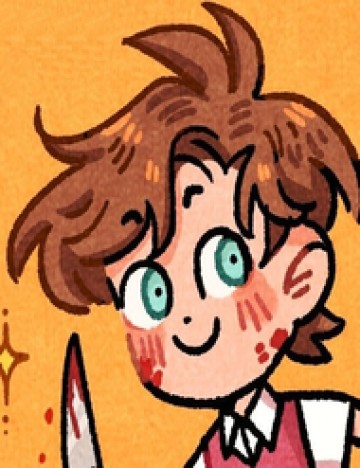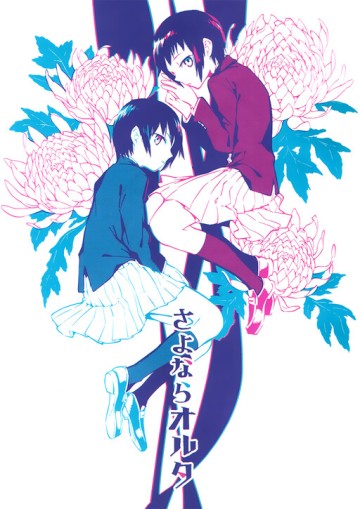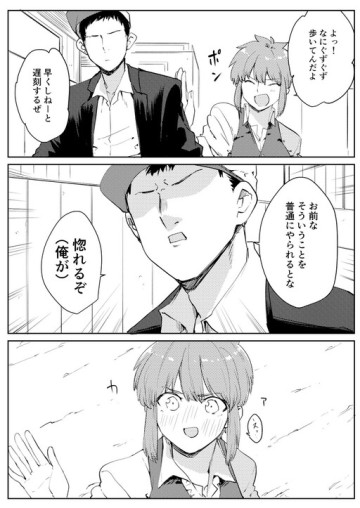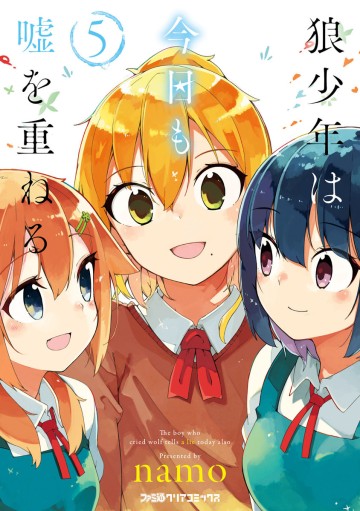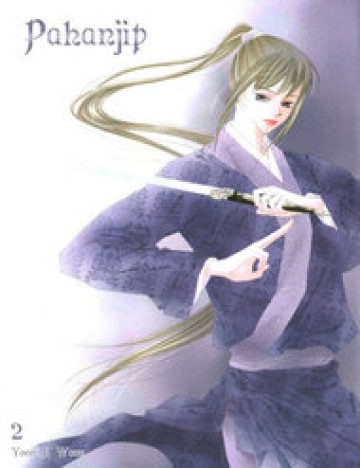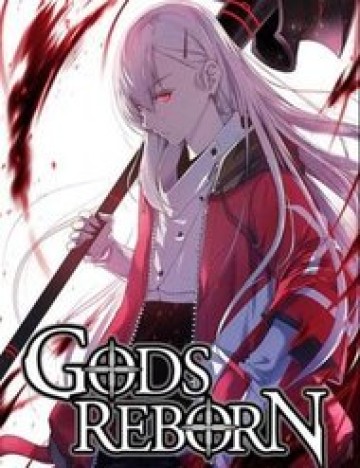Ero Guro Manga: Exploring the Darkest Corners of the Manga World

Manga has always been a medium that pushes boundaries and explores taboo subjects. Within this vast world of manga, there is a subgenre that stands out for its disturbing and grotesque themes – Ero Guro Manga. As an avid fan of extreme art, I thought I had seen it all. But then I stumbled upon a manga called ‘Hell Season’ (Jigoku no Kisetsu: Gurolism Sengen), and it took me on a journey I was not prepared for.
A Mind-Bending Compilation

‘Hell Season’ is an anthology manga that brings together the works of renowned ero-guro mangakas such as Waita Uziga, Shintarō Kago, Shiraishi Asuka, and others. Each story in this compilation delves into the dark and disturbing realms of warped sexuality, violence, and their twisted connection. While there is no overarching narrative, the individual stories explore these themes in unique and terrifying ways.
Graphic Eruptions of Artistic Genius
One standout story in ‘Hell Season’ is ‘When All’s Said and Done’ by mangaka Shintaro Kago. Brace yourself for a graphic description. The story follows a woman who finds herself constipated to an extreme degree, with her bowel movement calcified like a rock. Filled with maggots and in desperation, she takes matters into her own hands, resorting to sharp objects and the unfortunate assistance of another woman. This story showcases Kago’s mastery of art and serves as an intriguing introduction to the manga’s contents.
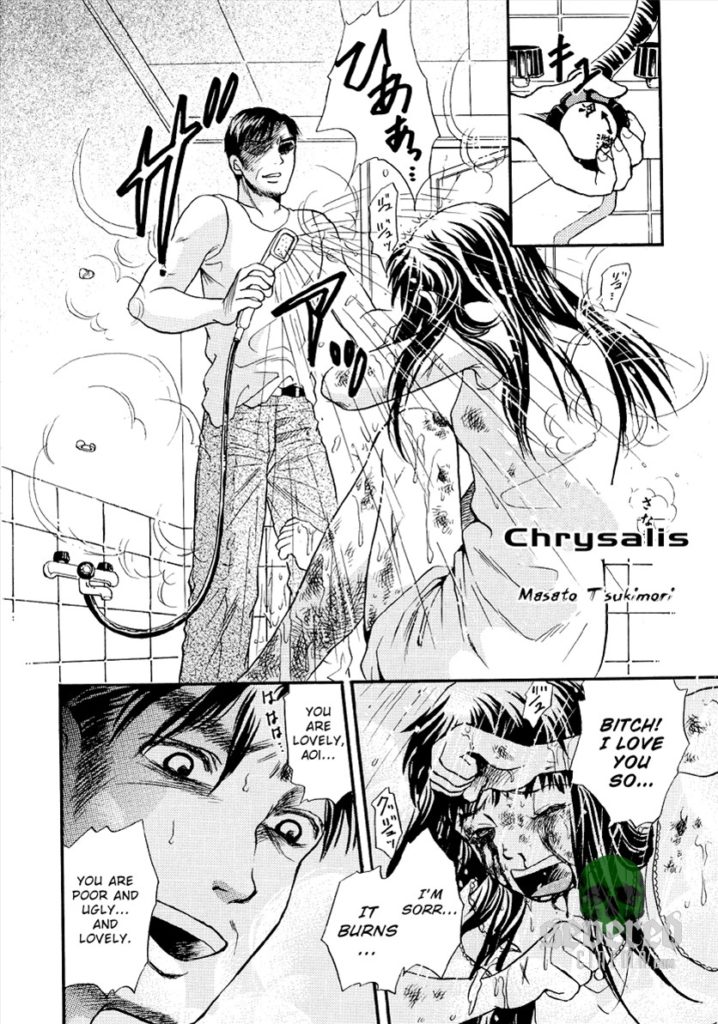
Other notable stories include ‘Chrysalis’ by Masato Tuskimori, which explores an extreme sadomasochistic romance, and ‘The Holes’ by Henmaru Machino, where a woman’s self-pleasure arises from the growth of holes in her body. These stories are undeniably shocking and graphic. However, it is the intricate and captivating artwork that makes them worth exploring.
Not Without Flaws
While ‘Hell Season’ has its highlights, it also has its low points. One disappointment is ‘The Piece of Meat Is Talking’ by Uziga Waita, the creator behind the infamous ‘Mai Chan’s Daily Life.’ This story feels incredibly generic, and despite Waita’s excellent art, it fails to bring anything new to the table. Another letdown is Tataiko Ochi’s ‘The Last Disposal Spot,’ featuring cleaners in a post-apocalyptic world stumbling upon the body of a dead woman. The plot is painfully straightforward and lacks the visual impact found in other stories. These instances illustrate the hit-or-miss nature of anthology works, where some stories shine while others fall flat.
A Collection of Shocking Art
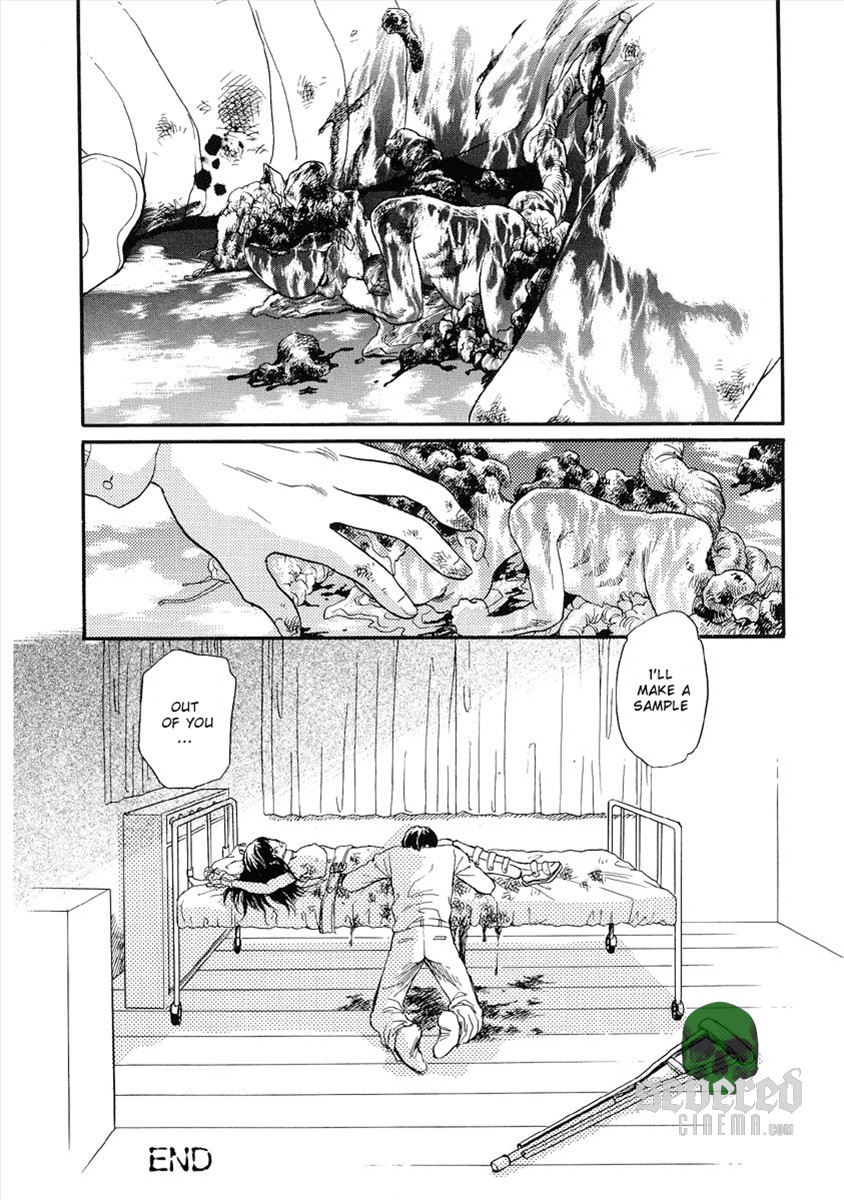
Despite its flaws, ‘Hell Season’ undeniably delivers shock value and leaves a lasting impact. While some stories may disappoint, others are worth exploring due to their unique themes and captivating artwork. This collection serves as a testament to the boundaries that ero-guro manga pushes, making it a must-read for fans of the genre. Be warned, though – once you’ve seen the pages of ‘Hell Season,’ they will haunt your mind for years to come.
Manga: Hell Season
AKA: Jigoku no Kisetsu: Gurolism Sengen, 地獄の季節 ―グロリズム宣言―
Written by: Hirohone Saizo, Waita Uziga, Shintarō Kago, Jun Hayami, Masato Tsukimori, Henmaro Machino, Mitsuka Hattori, Asuka Shiraishi, Taiji Ochita
Art by: Hirohone Saizo, Waita Uziga, Shintarō Kago, Jun Hayami, Masato Tsukimori, Henmaro Machino, Mitsuka Hattori, Asuka Shiraishi, Taiji Ochita
Cover by: Waita Uziga
Pages: 159 pages
Year: November 30, 2003
Published by: 一水社 (Issuisya)

